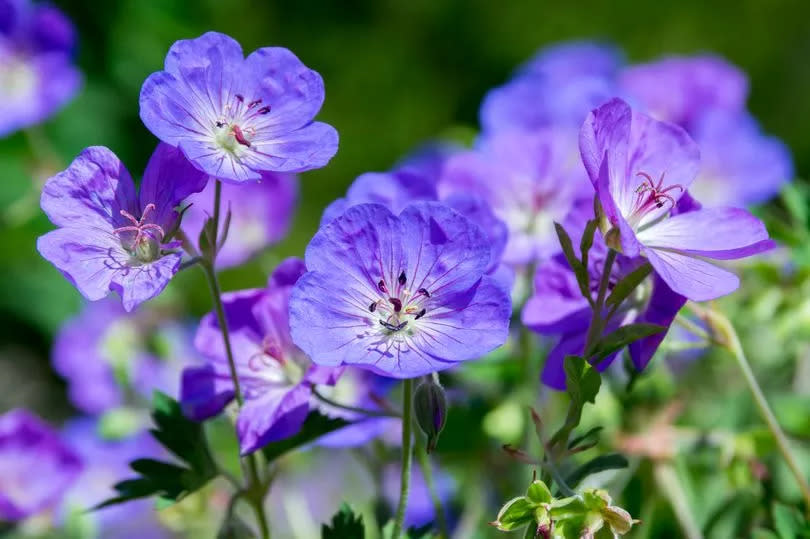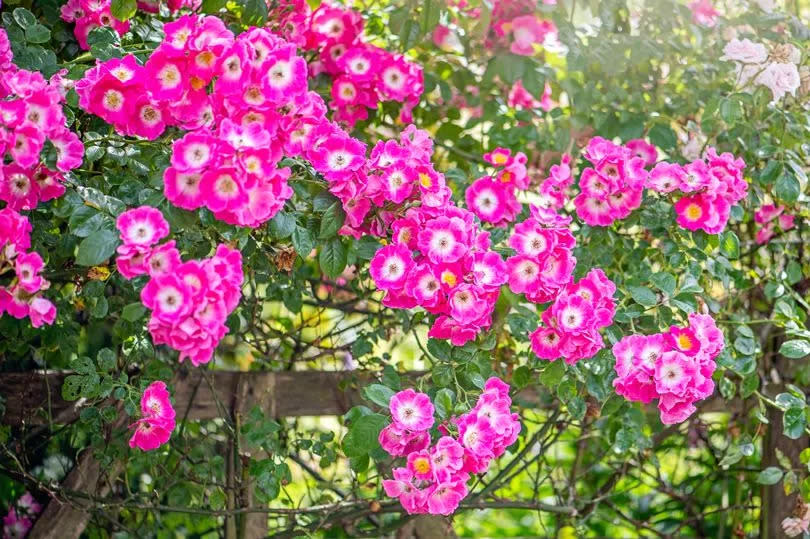Monty Don lists the plants gardeners must prune in July for 'repeat flowering'

Pruning your plants in summer is often an overlooked task, but there are several reasons why it's just as important as winter.
Cutting back plants in summer not only helps control the size of overgrowing plants, but it can promote prolonged flowering and fruiting. Gardeners can also rectify issues that have arisen from over-pruning or poor pruning techniques.
It's also easier at this time to assess the plant's health. Gardeners can clearly see what they're removing, such as defective branches.
However, it's crucial to steer clear of aggressive pruning in summer as significant structural pruning should be reserved for when the plant is dormant in winter. Incorrect pruning will stress the plant as gardeners may inadvertently remove valuable buds.
To assist gardeners, gardening expert Monty Don has shared his advice on how to prune four plants that need attention this month, reports the Express.
What to prune in July
1. Early-flowering perennials
Early flowering perennials like oriental poppies, delphiniums and hardy geraniums should "all be cut back to the ground" to stimulate "fresh regrowth and repeat flowering" in a few months' time, according to the expert.
Additionally, this helps to make room for tender annuals and perennials in borders.
The expert advised gardeners to take all cut material to the compost heap, weed around the base of the plants, water if needed and avoid planting too close to them so they have light and space to regrow and bloom again at the end of summer.
2. Rambling roses

It is "very important" to continue deadheading roses as the petals fade to "encourage repeat flowering", though some varieties may have already completed their bloom for the year.
Most rambling roses fall into this latter category and "should be pruned as soon as they have finished flowering".
Should gardening enthusiasts be uncertain if their rose is a climbing or rambling variety, "ramblers tend to be much more vigorous and always have a mass of small flowers that never repeat" following their bloom cycle.
3. Apples and pear trees
The summer presents an opportune time for pruning apple and pear trees due to its "very useful" effects, particularly for trained forms or mature trees that have become overly large or dense.
Unlike the winter pruning process conducted when the tree is in its dormant phase, hard cutting back during the warmer months "will not stimulate vigorous regrowth".
Unless you are intent on guiding a specific fresh shoot, Monty advised: "Remove all this year's growth back to a couple of pairs of leaves (usually about two to four inches) being careful not to remove any ripening fruits."
Executing the cutback now also ensures the fruit getting ripe receives ample light and air, which also curtails the tree from becoming excessively crowded with barren branches.
4. Currants
Once gooseberries and red and white currants have been harvested, it would be prudent to give them a "summer prune".
To do so, gardeners should remove any new growth that is crowding the centre of the bushes and trim back the new shoots they wish to keep by about a third. This will allow light and air into the plant, encouraging the wood to ripen and spurs to form which will carry next year's fruits.
Blackcurrants can be pruned hard - with up to a third of each bush removed - immediately after harvest.

 Yahoo News
Yahoo News 
